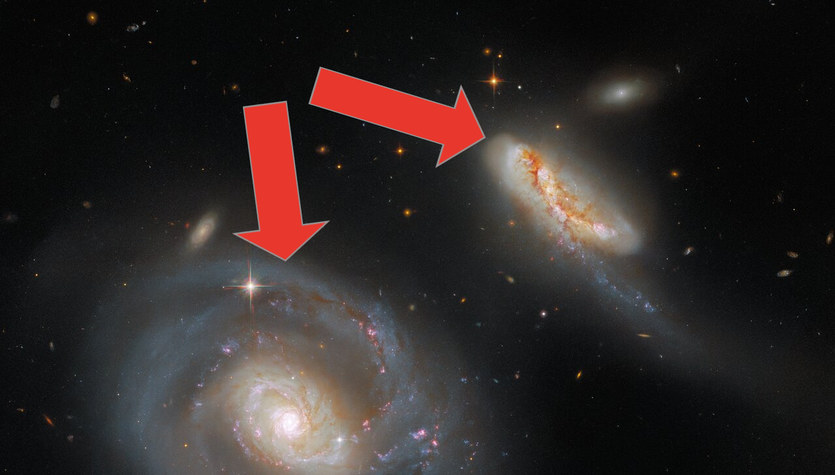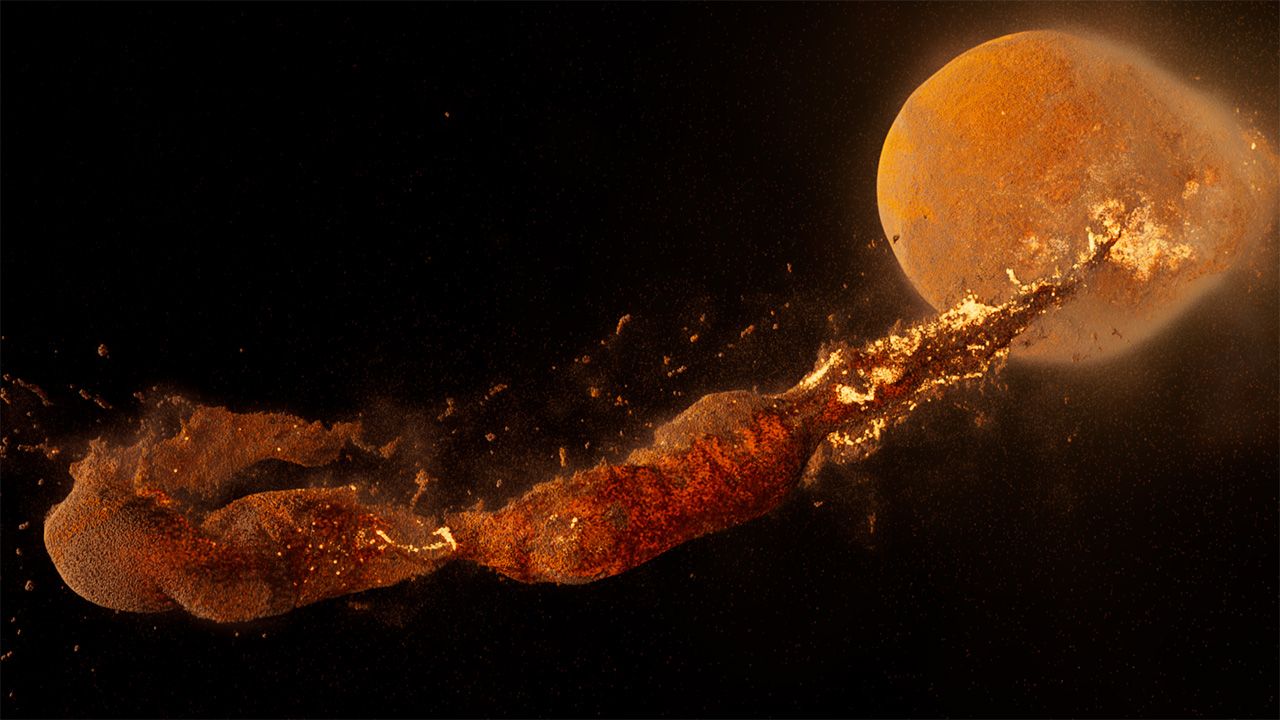Of course, he is responsible for discovering this unique giant alien structure James Webb Space Telescope. The newest leading space telescope has been preparing for such missions for years. Its main strength lies in its ability to see structures at cosmic distances that no other telescope can see. But in this case, we are talking about the threads of a cosmic web that were seen when the universe was only 830 million years old.
The thread itself, about 3 million light-years long, consists of ten galaxies. One of these galaxies is a very bright quasar, a galaxy at the heart of which is a supermassive black hole actively sucking in massive amounts of matter. Scientists believe that as the universe develops, this filament will turn into a huge cluster of galaxies.
Read also: What aligns galaxies in the universe? Scientists are studying the nature of dark matter
In the same study of the cosmic web, astronomers examined the properties of eight other quasars from the early universe. Supermassive black holes at their centers have surprisingly high masses, ranging from 600 million to 2 billion solar masses each.
This is a big problem for scientists. We see each of these quasars as they were in the first billion years after the Big Bang. Until now, at least, we don’t know how black holes can become so massive in such a short period of time.
cosmic network
Unlike what we see in the night sky, even with telescopes, galaxies in the universe are not randomly distributed. Extensive surveys of the sky have determined that matter is arranged along filaments, sometimes made up of thousands of galaxies clustered in clusters and superclusters. Between all these threads are real voids of space. According to the currently accepted theories, this network was initially very mysterious. As the universe evolved, the filaments gradually became clearer and thinner. Gravity is primarily responsible for the process of filament formation, which pulled galaxies to the already existing seeds of cosmic filaments.
The now 3 million light-years across structure of ten galaxies will also form a massive cluster of galaxies over time. Scientists admit that the discovery of such a long, thin and, above all, clearly defined structure at such an early stage in the existence of the universe comes as a surprise. The process of fiber formation was only gaining momentum then.
The discovery itself is the responsibility of scientists carrying out the ASPIRE program (Spectral Survey of Biased Halos of the Reionization Era), which aims to study 25 quasars that existed in the Reionization Era (in the first billion years after the Big Bang).

Echo Richards embodies a personality that is a delightful contradiction: a humble musicaholic who never brags about her expansive knowledge of both classic and contemporary tunes. Infuriatingly modest, one would never know from a mere conversation how deeply entrenched she is in the world of music. This passion seamlessly translates into her problem-solving skills, with Echo often drawing inspiration from melodies and rhythms. A voracious reader, she dives deep into literature, using stories to influence her own hardcore writing. Her spirited advocacy for alcohol isn’t about mere indulgence, but about celebrating life’s poignant moments.






![[PHOTOS] Met Gala: Rita Ora doesn’t want to go to the bathroom because of her dress](https://m1.quebecormedia.com/emp/emp/41dcb730-0bfd-11ef-94b0-9381ddfad260_ORIGINAL.jpg?impolicy=crop-resize&x=0&y=123&w=1200&h=675&width=1200)

